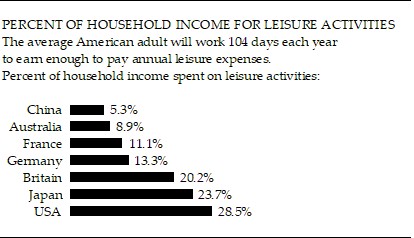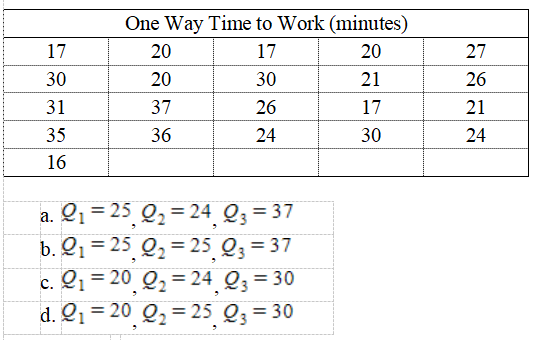Provide an appropriate response.Tell whether or not the number is given in scientific notation.84.90 × 10-14
A. Yes
B. No
Answer: B
You might also like to view...
Solve the system of nonlinear equations using the method of elimination.
A. (0, 0), (3, 3), (-3, 3)
B. (0, 0), (3, 3), ( , 1), (-
, 1), (- , 1)
, 1)
C. (3, 3), (-3, 3), (3, -3), (-3, -3)
D. (0, 0), ( , 3), (-
, 3), (- , 3)
, 3)
Solve the problem. Be sure to make a diagram of the situation with all the given information labeled. ? The diagonal of a rectangle is 354 millimeters, while the longer side is 274 millimeters. Find the shorter side of the rectangle and the angles the diagonal makes with the sides. ? Round the side length to the nearest millimeter. Round the angles to the nearest degree. ?
A. The side is 224 mm; the angles are 59° and 31°. B. The side is 213 mm; the angles are 59° and 31°. C. The side is 213 mm; the angles are 51° and 39°. D. The side is 224 mm; the angles are 51° and 39°. E. The side is 224 mm; the angles are 56° and 34°.
Suppose that the average adult in the United States will work x number of days (rounded to the nearest day) to earn enough to pay for all of the household's leisure activities in that year. This number can be calculated by multiplying the average percent of household income spent on leisure activities by 365 (the number of days in a year). The bar graph shows the percent of income spent in various countries of the world. Use the graph to answer the question. In which country is the lowest percent of income spent on leisure activities? What percent is this?
In which country is the lowest percent of income spent on leisure activities? What percent is this?
A. China; 5.3% B. USA; 71.5% C. China; 94.7% D. Australia; 8.9%
The employees of a small business were surveyed to find the time they normally spend commuting to work, one-way. The times, in minutes, are shown in the table below. Use the median procedure for finding quartiles to find the first, second, and third quartiles Q1, Q2, and Q3 for the data.
